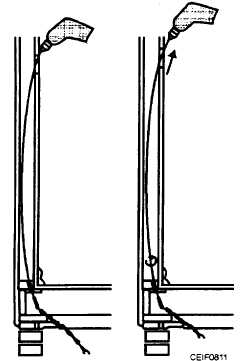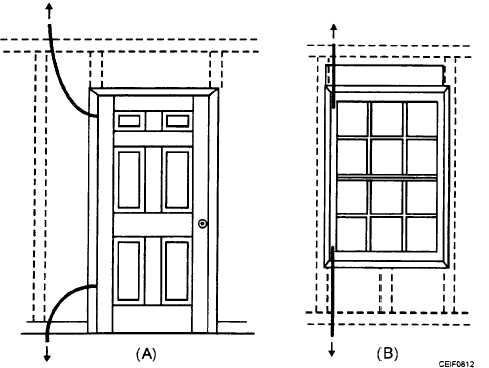
Figure 8-10. - Recovery grip attached to the bit tip eyelet.
the entrance hole, slanting the bit as much as possible in the desired direction of travel. Continue by drilling through the door casing and floor jamb into the cavity of the wall, as shown in figure 8-12, view A. A similar procedure is followed when drilling for window installation as shown in figure 8-12, view B. The drill is then stopped until it strikes the next stud that will deflect the bit either up or down, depending on the direction of the drilling. Continue to push the bit until it strikes the top of the bottom plate and then drill through the plate into the basement or attic. The recovery grip is then attached to the bit and the wire or cable may be drawn back toward the operator by reversing the drill motor and keeping a slight tension on the wires, as they are being pulled to prevent tangling.
With conventional tools, the routing of wires from one outlet to another, as shown in figure 8-13, requires either channeling the wall; using wire mold; or running the wires down to the baseboard, removing the baseboard, and then installing the wires behind it. Instances like these occur when the crawl space is too shallow for workers to crawl into or the house is built on a concrete slab. However, with the flexible shaft, it

Figure 8-11. - Grip attached to the bit tip with the line inserted, ready for recovery

Figure 8-12. - Drilling through the doorjamb (A) and window casing (B) into the cavity of the wall.
Continue Reading